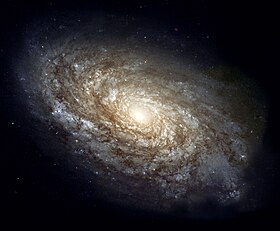GOOGLE SEARCH
JOIN here
Click-make Money
Sunday, July 15, 2007
Friday, July 13, 2007
Tuesday, February 6, 2007
Beauty
Beauty in nature is a common theme in modern life and in art, and books emphasizing beauty in nature fill large sections of libraries and bookstores. That nature has been depicted and celebrated by so much art, photography, poetry and other literature shows the strength with which many people associate nature and beauty. Why this association exists, and what the association consists of, is studied by the branch of philosophy called aesthetics. Beyond certain basic characteristics that many philosophers agree about to explain what is seen as beautiful, the opinions are virtually endless.[f]
Many scientists, who study nature in more specific and organized ways, also share the conviction that nature is beautiful; the French mathematician, Jules Henri Poincaré (1854-1912) said:
The scientist does not study nature because it is useful; he studies it because he delights in it, and he delights in it because it is beautiful.
If nature were not beautiful, it would not be worth knowing, and if nature were not worth knowing, life would not be worth living. Of course I do not here speak of that beauty which strikes the senses, the beauty of qualities and of appearance; not that I undervalue such beauty, far from it, but it has nothing to do with science; I mean that profounder beauty which comes from the harmonious order of the parts and which a pure intelligence can grasp.[58]
A common classical idea of beautiful art involves the word mimesis, the imitation of nature. Also in the realm of ideas about beauty in nature is that the perfect is implied through symmetry, equal division, and other perfect mathematical forms and notions.

Matter and energy
Some fields of science see nature as matter in motion, obeying certain laws of nature which science seeks to understand. For this reason the most fundamental science is generally understood to be "physics"—the name for which is still recognizable as meaning that it is the study of nature.
Matter is commonly defined as the substance of which physical objects are composed. It constitutes the observable universe. According to the theory of special relativity, there is no unchangeable distinction between matter and energy, because matter can be converted to energy (see annihilation), and vice versa (see matter creation). The visible components of the universe are now believed to compose only 4 percent of the total mass. The remainder is believed to consist of 23 percent cold dark matter and 73 percent dark energy.[59] The exact nature of these components is still unknown and is currently under intensive investigation by physicists.
The behavior of matter and energy throughout the observable universe appears to follow well-defined physical laws. These laws have been employed to produce cosmological models that successfully explain the structure and the evolution of the universe we can observe. The mathematical expressions of the laws of physics employ a set of twenty physical constants[60] that appear to be static across the observable universe.[61] The values of these constants have been carefully measured, but the reason for their specific values remains a mystery.
Nature beyond Earth
- Main articles: Outer space and Universe


Outer space, also simply called space, refers to the relatively empty regions of the universe outside the atmospheres of celestial bodies. Outer space is used to distinguish it from airspace (and terrestrial locations). There is no discrete boundary between the Earth's atmosphere and space, as the atmosphere gradually attenuates with increasing altitude. Outer space within the solar system is called interplanetary space, which passes over into interstellar space at what is known as the heliopause.[62]
